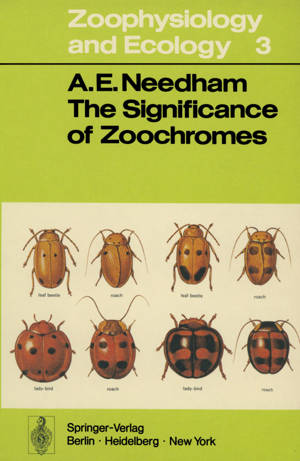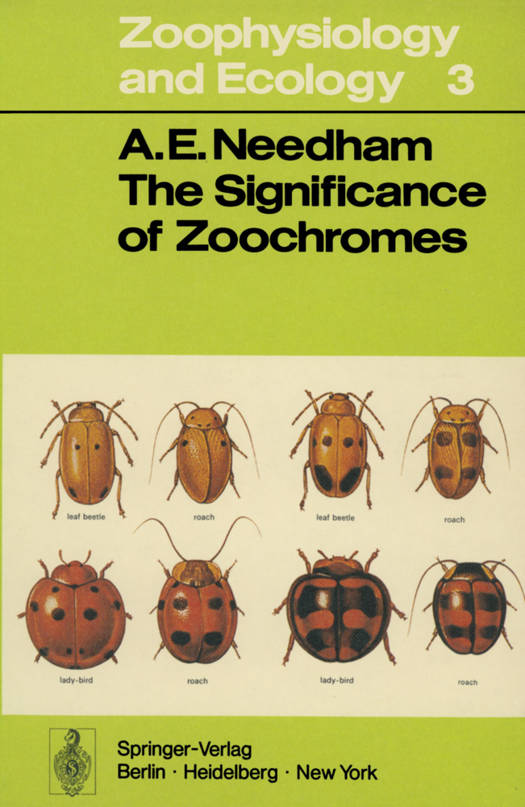
- Afhalen na 1 uur in een winkel met voorraad
- Gratis thuislevering in België vanaf € 30
- Ruim aanbod met 7 miljoen producten
- Afhalen na 1 uur in een winkel met voorraad
- Gratis thuislevering in België vanaf € 30
- Ruim aanbod met 7 miljoen producten
Zoeken
€ 162,45
+ 324 punten
Omschrijving
As the title indicates, the theme of this book is the functions of biochromes in animals. Recent works on zoochromes, such as those of D. L. Fox (1953), H. M. Fox and VEVERS (1960) and VUILLAUME (1969), have been concerned primarily with the chemical nature and the taxonomic distribution of these materials, and although function has been considered where relevant this has not been the centre of interest and certainly not the basis for the arrangement of the subject matter. Functional significance is a profitable focus of interest, since it is the one theme which can make biochromatology a discrete and integral subject, and because it is the main interest in all biological fields. At present chromatology seems to be a particularly schizoid subject since it is clear that in metabolic functions biochromes are acting in a chemical capacity whereas integumental pigments function mainly biophysically, in neurological and behavioural contexts. It is profitable to attempt an integration by studying the functions of as many chromes as possible, from all aspects.
Specificaties
Betrokkenen
- Auteur(s):
- Uitgeverij:
Inhoud
- Aantal bladzijden:
- 432
- Taal:
- Engels
- Reeks:
- Reeksnummer:
- nr. 3
Eigenschappen
- Productcode (EAN):
- 9783642807688
- Verschijningsdatum:
- 13/02/2012
- Uitvoering:
- Paperback
- Formaat:
- Trade paperback (VS)
- Afmetingen:
- 170 mm x 244 mm
- Gewicht:
- 721 g

Alleen bij Standaard Boekhandel
+ 324 punten op je klantenkaart van Standaard Boekhandel
Beoordelingen
We publiceren alleen reviews die voldoen aan de voorwaarden voor reviews. Bekijk onze voorwaarden voor reviews.








